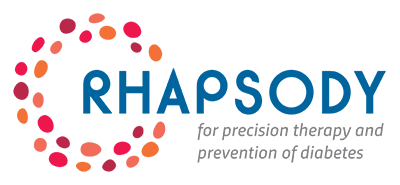Improving diabetes prevention and treatment is the ultimate goal of the RHAPSODY project. Type 2 diabetes affects 285 million people globally and that number is rising fast. RHAPSODY brings together experts from universities, large pharmaceutical companies and biotechs.
Their goal is to add to our understanding of the factors that drive the progression of pre-diabetes to diabetes, and the deterioration of the condition of people with diabetes. RHAPSODY aims to develop novel biological markers that will aid in the diagnosis of type 2 diabetes, and the identification of different sub-groups of patients.
This information will also help to inform clinical trial design and the development of new strategies to prevent and treat diabetes.

